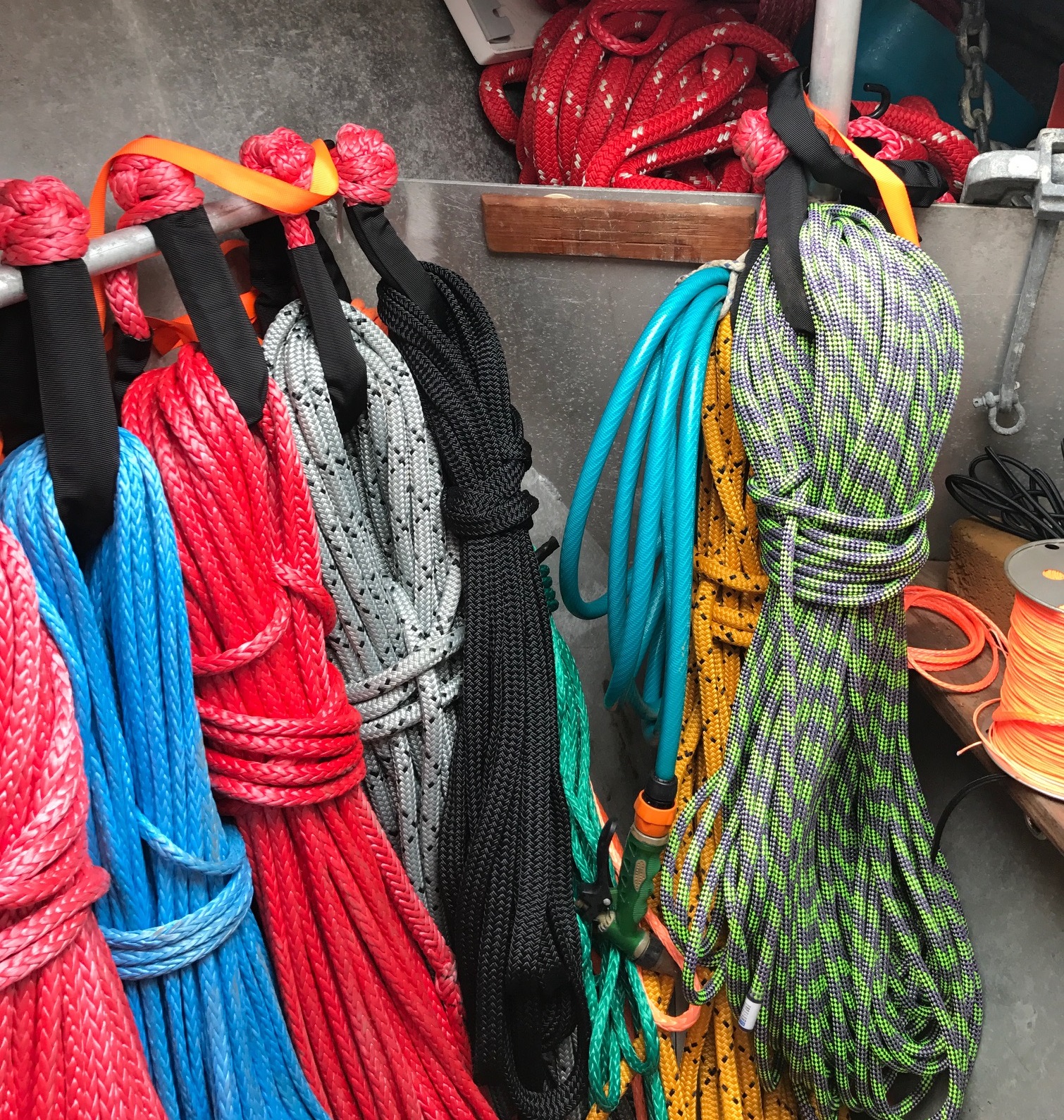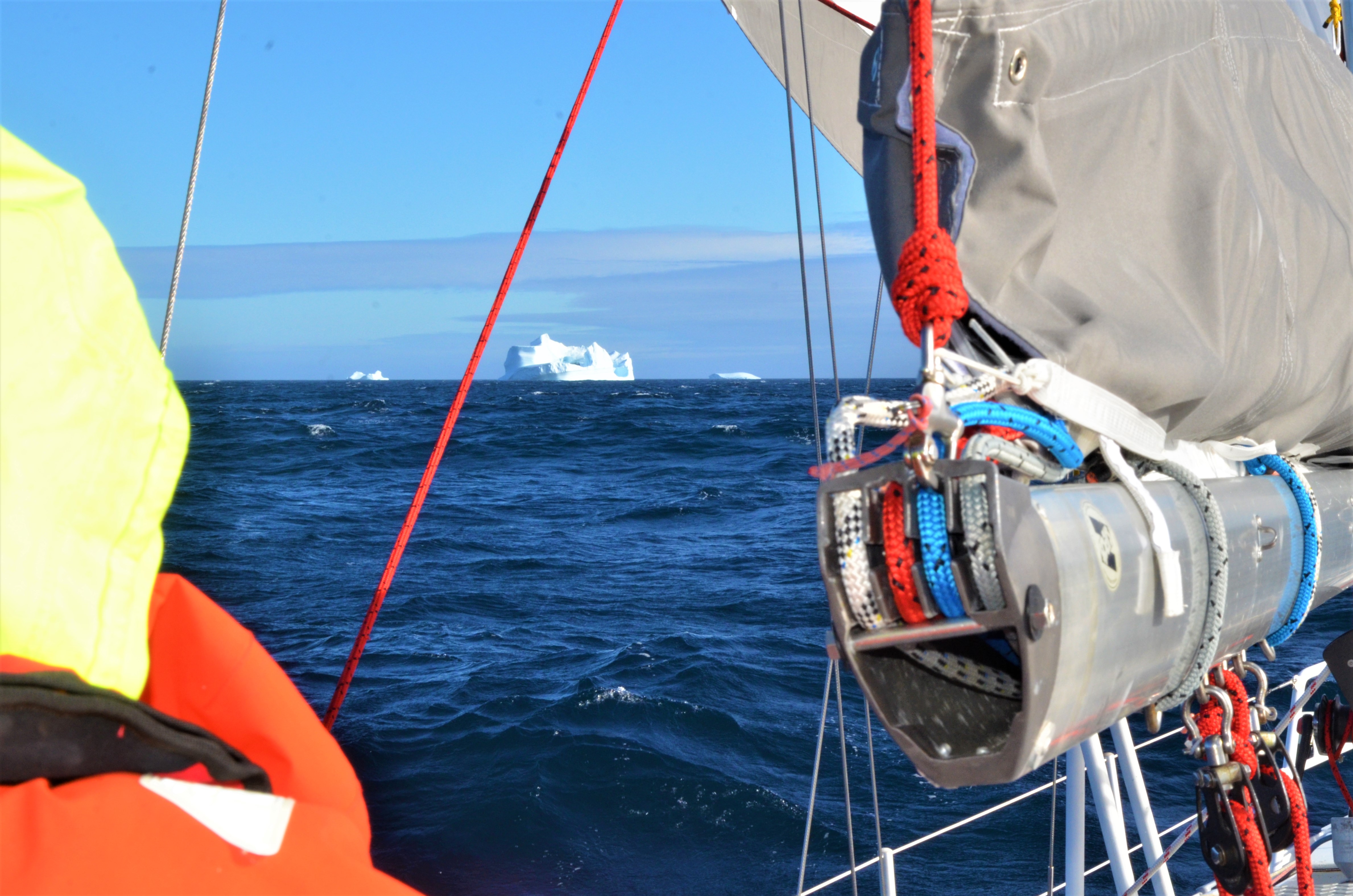
- Sustainable Planet -
- 5mins -
- 119 views
Mission Arctic researches our rapidly melting Arctic Ocean
To research our rapidly melting Arctic Ocean due to climate change, the Mission Arctic crew covered 7,000 miles of unchartered waters.
The Melting Arctic
The Melting Arctic is revealing its hidden secrets and opening up new passages that have been under ice for millennia. A team of Arctic scientists, researchers, filmmakers and polar explorers sail into the heart of the melting ice to discover the unexplored stretches and lost treasure of the rapidly changing Arctic environment.
Mission Arctic
Due to global warming, the Arctic ice is melting. More and more areas are accessible to humans due to the fact that the weather conditions are changing. However, there may not be that much ice anymore and it may be accessible to humans, but the weather conditions are still very severe.To celebrate Canada’s 150th anniversary a team undertook a never before attempted eco-expedition to discover unexplored areas of the changing Arctic environment. During this 2-part extreme eco-expedition, the team pushed into newly- exposed waterways to search for the northernmost woolly mammoth remains in North America, to conduct meaningful glacier and iceberg science for the Arctic research Centre, document pre-Inuit archaeological sites and lost remnants of several historical expeditions. They will examine the impact and implications of the Arctic thaw on our planet and people while producing media products for an international audience.
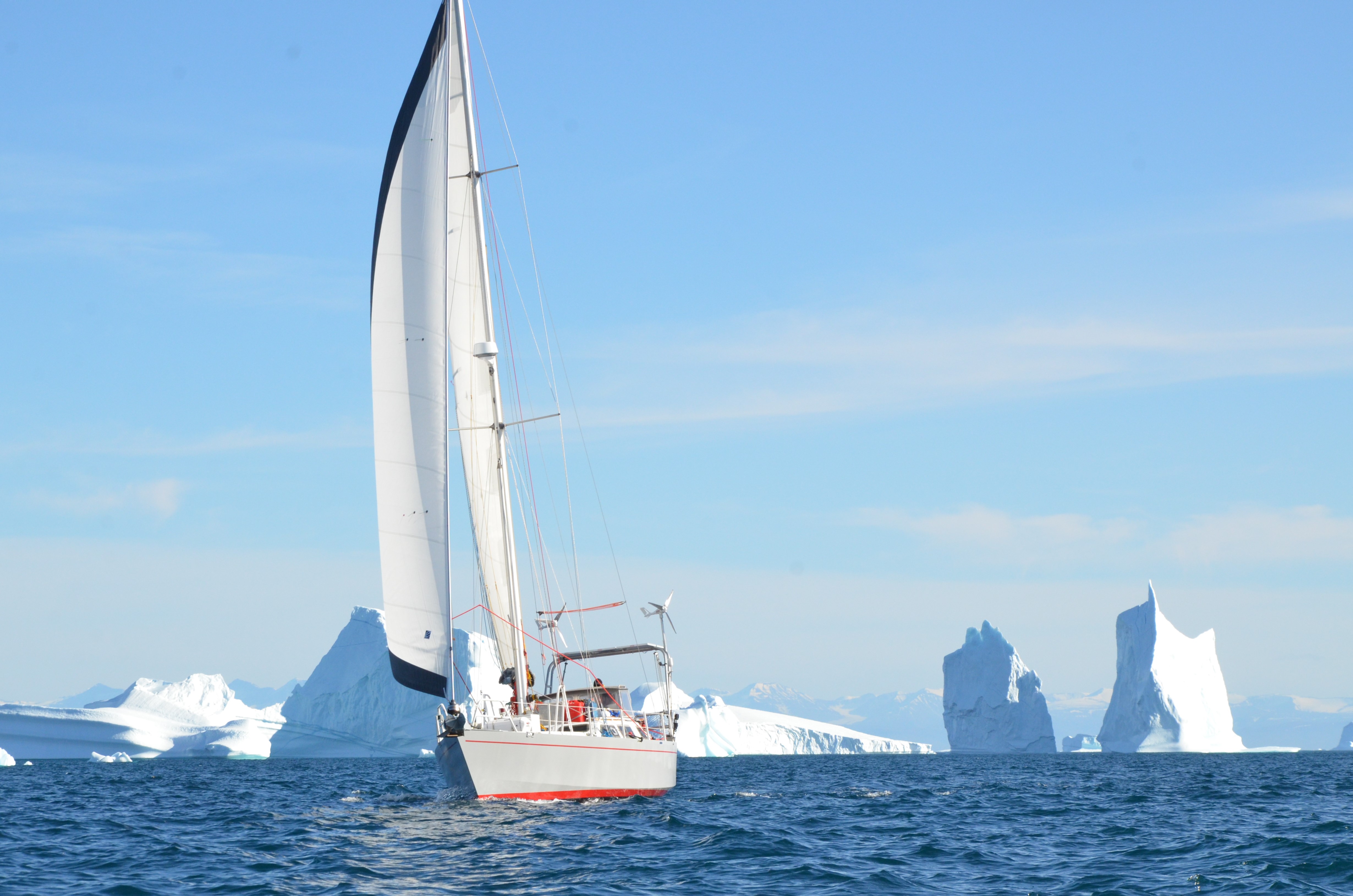
Into the Melting Ice
In 2017 the team finished the first part of the 2-part eco-expedition, “Into the Melting Ice”. Their mission studied how the melding ice is impacting the mixing effect that drives global ocean currents. They tracked the movements of icebergs and measure the physical properties of the ocean and conducted surveys of the sea ice. This is possible because they managed to enter stretches of water that were previously unaccessible to conduct research. They’ve deployed remotely operated vehicles to dive below the sea, flew drones equipped with ice sensors above icebergs and glaciers and tracked ice flow movement using GPS beacons. They have achieved a full scientific survey of the Sea of Labrador on both the Greenlandic and Canadian coasts as well as reaching an unprecedented 80 degrees latitude 16 minutes North. The team covered over 7000 nautical miles during this trip equivalent to sailing a third way around the planet. The team has pushed themselves to the limit to discover the arctic hidden treasures and in 2018, they will do so again to discover hidden (scientific) treasures.
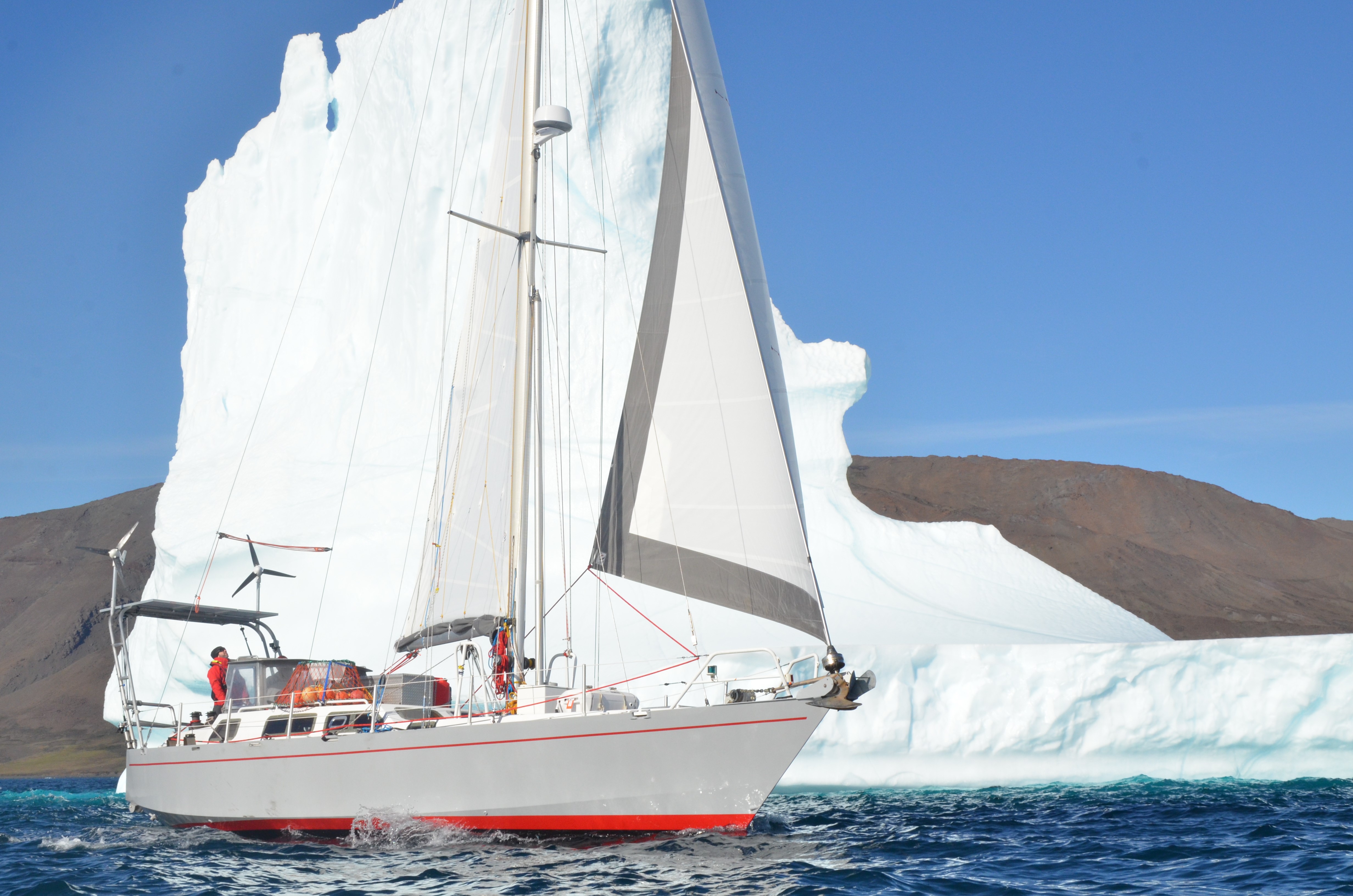
Searching for Bones
In 2018 the team will go North of the Northwest Passage to look for the most Northern Woolly Mammoth remains in North America as well as search for new deposits of other ice-age mammals based on local traditional knowledge and scientific surveys. They will search for several lost historical expedition sites. They aim to locate for the first time the 100-year-old camps of the famous Canadian Arctic Expedition. These sites are in danger of being washed away as waves erode shores that were once protected by land-fast ice. Using drones and underwater cameras they will search and document vessels wrecked and lost over the past 150 years including whaling ships, expedition ships, Hudson Bay Company Ships and Inuit Schooner. They will also look for the missing body of Bernard: Peter Bernard was lost in the winter of 1915 and 1916 and carried 500 pounds of expedition mail on his sled. He was never found and the team will search for traces of his last journey. They will conduct even more in depth Scientific work as well as dive, fly and climb to reach the most remote and unvisited sites in the arctic during their next adventure. The expedition will focus on biology, history and archaeology as they navigate the ice to dive crushed ships, fly drones to locate lost historical sites and traverse coastlines on foot to find newly-eroded fossil sites and abandoned expedition camps of over a hundred years ago. Those new discoveries aim to highlight the impacts and implications of our rapidly changing Arctic while exploring the storied history of Arctic exploration.
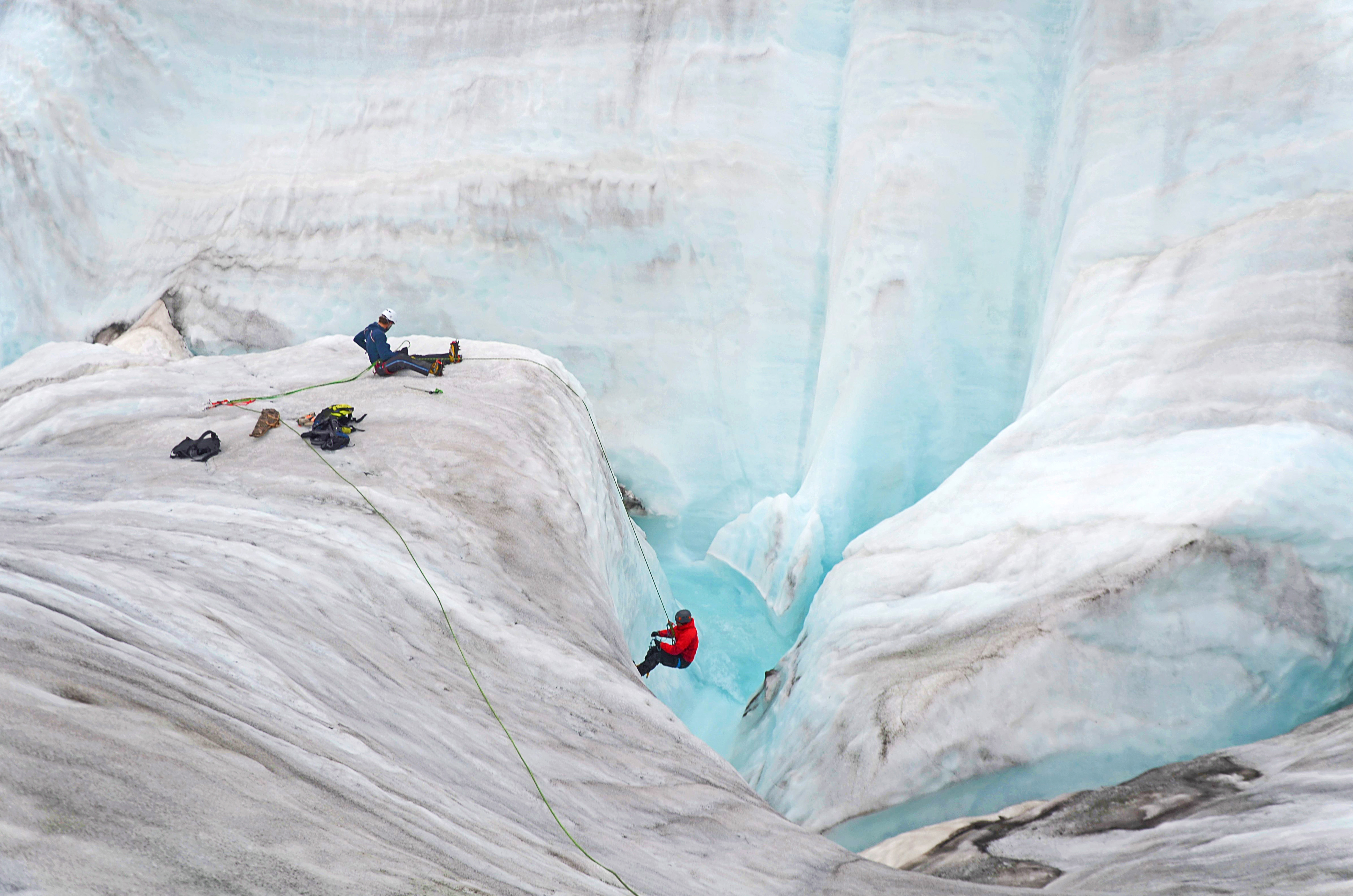
New research due to Global Warming
All this new research that is conducted will add to the world of scientific research, but unfortunately it is only possible due to the fact that Global Warming is causing the ice to melt and clearing the path for us humans to venture further than ever before.
Hopefully this new research and the reason that it is made possible, will open people’s eyes to the fact that Global Warming is a serious threat to the Arctic area due to thawing. Below you will find a number of actions you can undertake to do your part of fighting Global Warming because change doesn’t happen on a large scale, it starts with individuals.
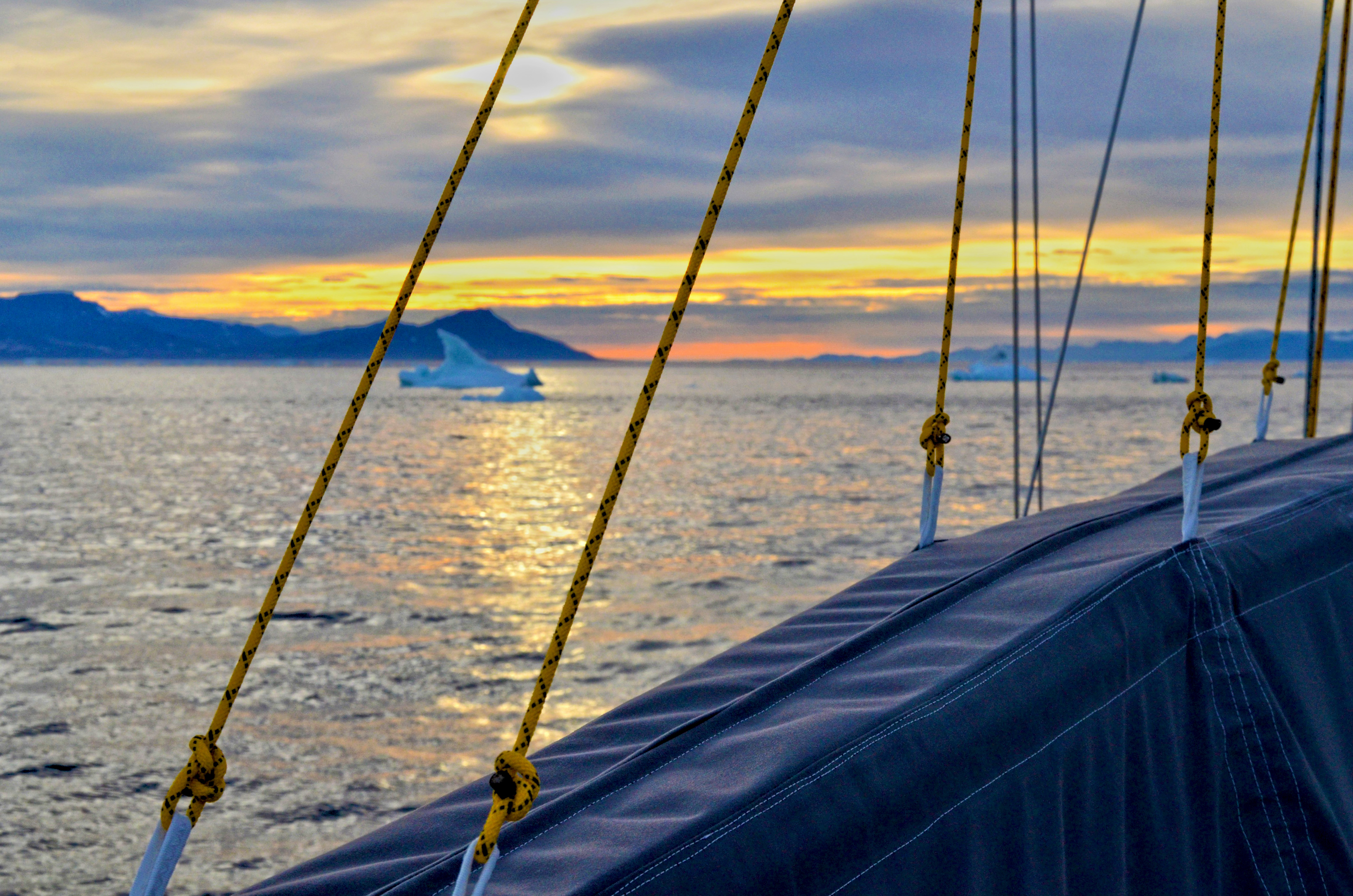
The Importance of the Best Equipment Possible
The yacht was 100% independent and self-sustainable for 3 months: the team can’t simply pop into a store to replace any broken equipment or access mail. Everything on board must meet its need and surpass its expected uses, especially equipment to help the team survive harsh conditions, including extreme cold and isolation and that help successfully and safely navigate the treacherous terrain.
One of the most important pieces of equipment are ropes, which provide multiple uses on board the ship. Expedition Leader Nick Peissel consulted rope manufacturer Atlantic Braids about using its rope products for boat rigging, anchoring, docking, lowering instrumentation into the ocean and even mountaineering, and it became apparent that the only do-it-all solution were ropes made with Dyneema.
We must make do with what we have on board and, as such, must bring the best equipment to try to anticipate any scenario that might arise. Nick Peissel,Expedition Leader/Project Director, Mission Arctic
The team judged ropes across five key points of performance: Dependability, Quality, Manageability, Weight and Multi-functionality
The only ropes that met all five criteria, were those made with Dyneema. The inherent properties of Dyneema make it stronger than steel, yet seven times lighter. Additionally, ropes made with Dyneema are more durable, UV and moisture resistant, and show extraordinary performance even in the world’s most extreme conditions.
Since the start of the expedition, the ropes have not shown any sign of wear or tear despite continuous, intense use. We are blown away by the performance and many applications we could use them for, Nick Peissel said.
Despite the heavy strains and freezing weather, the ropes made with Dyneema remain light, strong, and flexible. They may make the world’s strongest fiber, but that is not enough for DSM Dyneema. The company wants to make Dyneema the most environmentally friendly option. They explore contributionsto a circular economy and continue making improvements in manufacturing. Today Dyneema delivers the lowest carbon footprint per unit of strength, meaning there is no need to compromise between high performance and sustainability.
“Sustainability has been identified as a key driver for our company. We want to contribute to a better world, but we can’t do it without collaboration from our partners,” said Edwin Grootendorst, Global Business Director, DSM Dyneema.
Source: DSM Dyneema
